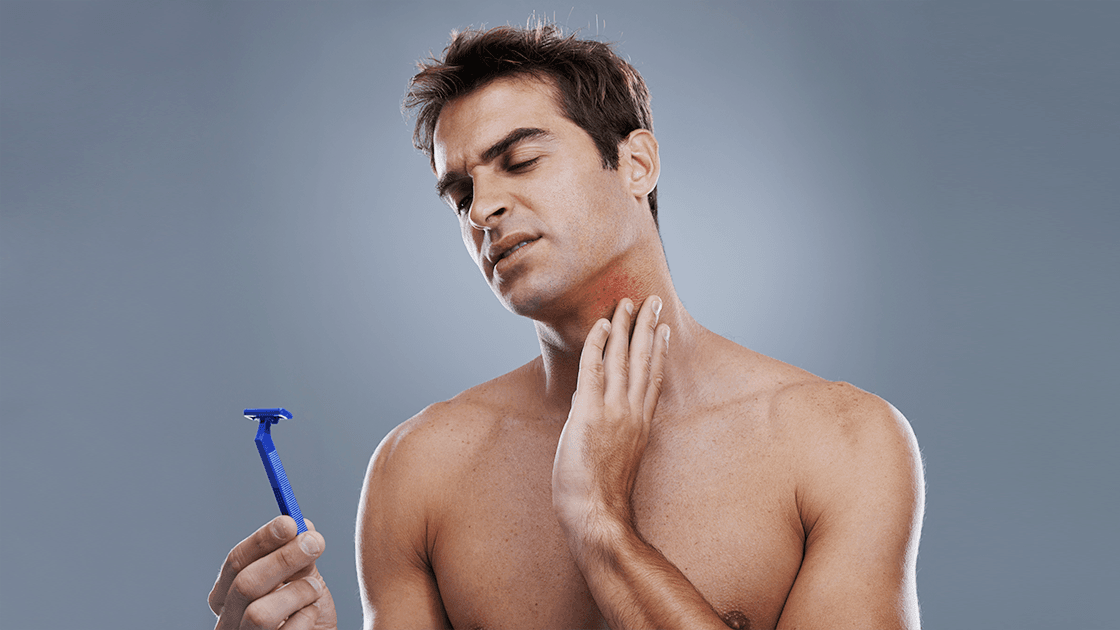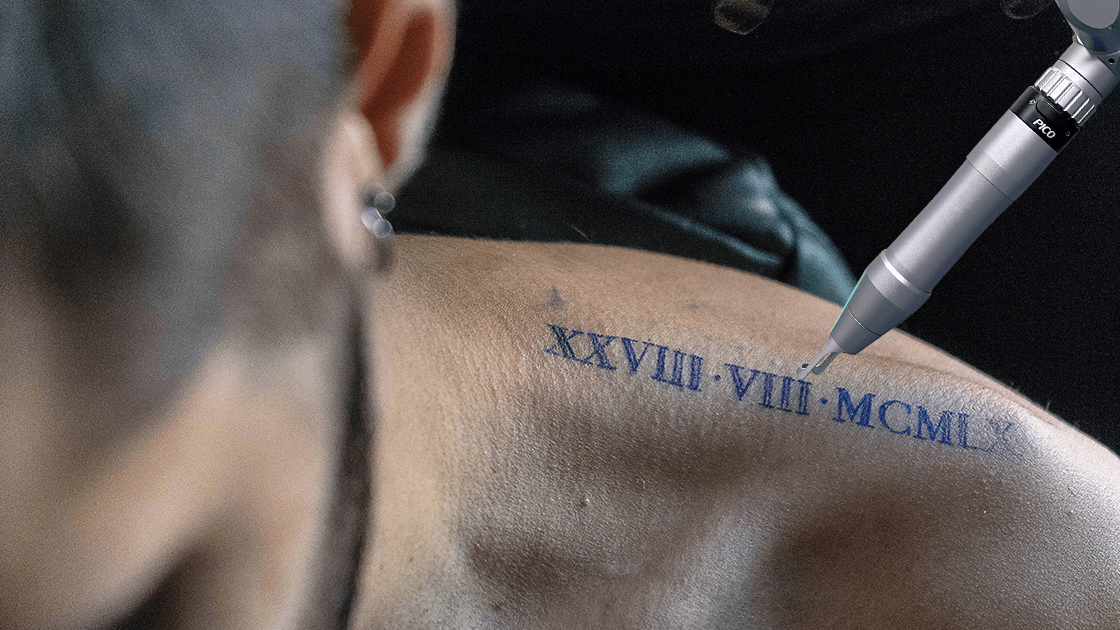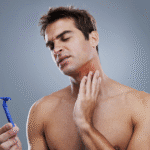Unveiling SculpLase – The State-of-the-Art Non-Invasive Body Slimming Machine
In the ever-evolving world of medical aesthetics, the pursuit of an ideal body contour has taken a giant leap forward with the introduction of SculpLase. Developed by Rhein Laser, this cutting-edge body slimming machine stands out as a game-changer. It offers a non-invasive solution to banish stubborn fat effectively and efficiently.
SculpLase utilizes the power of the 1064nm wavelength laser, a technological marvel that targets fat cells without causing harm to surrounding tissues. This innovation ensures a safe and precise body sculpting experience, setting a new standard in the realm of non-invasive fat removal. Patients can now bid farewell to lingering fat deposits with a procedure that not only guarantees results but also promises minimal discomfort.
The 1064nm Wavelength Laser – A Precision-Driven Approach to Body Contouring
At the heart of SculpLase lies the 1064nm wavelength laser, a focal point of its success in achieving unparalleled results. The laser wavelength, 1064nm, is carefully selected for its ability to be absorbed by fat cells. This triggers a natural process that leads to the elimination of fat cells. What sets SculpLase apart is its precision-driven approach – it selectively targets fat cells while leaving surrounding tissues unharmed.
This aspect not only ensures the safety of the procedure but also contributes to a more comfortable and convenient experience for the patient. Unlike traditional methods, SculpLase prioritizes precision, making it suitable for a diverse range of body types and skin tones. The 1064nm wavelength laser introduces new possibilities for body contouring. This marks a significant advancement in the field of non-invasive fat removal.
Rhein Laser’s Commitment to Excellence – Redefining Standards with SculpLase
SculpLase isn’t just a machine; it’s a testament to Rhein Laser’s unwavering commitment to excellence in the field of medical aesthetics. Years of dedicated clinical research and the integration of advanced technology have led to the creation of SculpLase. This product redefines the standards of body sculpting, reflecting a culmination of advancements in the field.
This state-of-the-art machine is designed to cater to the diverse needs of medical aesthetics practitioners and their discerning clientele. Rhein Laser takes immense pride in presenting a solution that not only delivers on its promises but exceeds expectations. SculpLase embodies precision, comfort, and effectiveness, setting it apart as a leader in non-invasive body contouring. These qualities distinguish it in the world of aesthetic treatments.
In conclusion, SculpLase emerges as a beacon of innovation in the quest for the perfect body contour. Its utilization of the 1064nm wavelength laser is coupled with Rhein Laser’s commitment to excellence. This places it at the forefront of non-invasive fat removal technology. SculpLase has raised the bar for body contouring, providing patients with a convenient, comfortable, and cutting-edge solution. It offers the opportunity to achieve the sculpted physique they desire. Rhein Laser’s SculpLase not only meets but exceeds expectations, providing a transformative experience in the pursuit of a sculpted, confident self.








